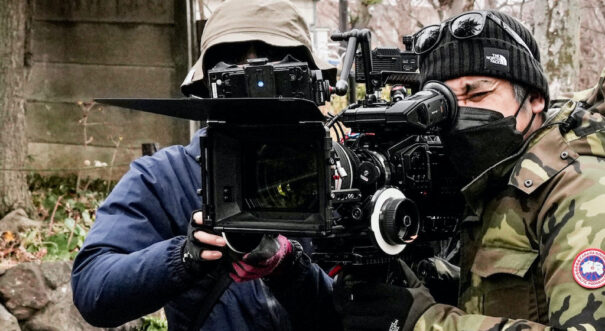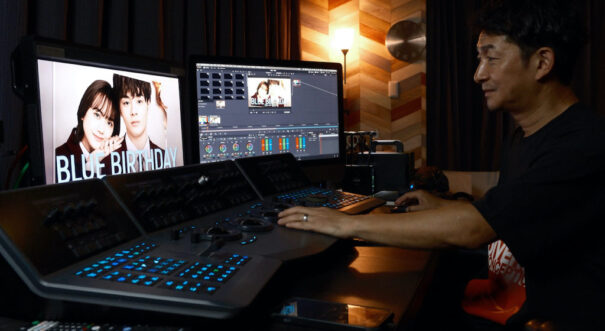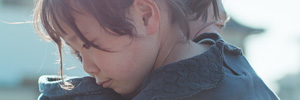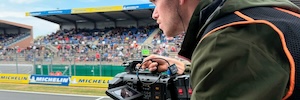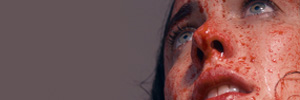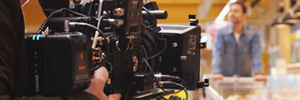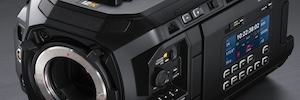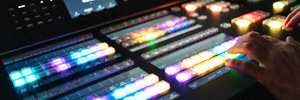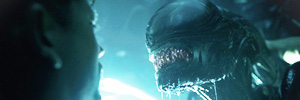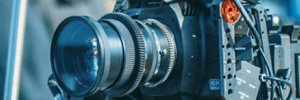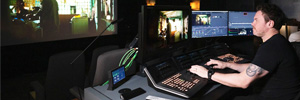Kansai TV shot ‘Blue Birthday’ on Blackmagic Design cameras
URSA Mini Pro 4.6K G2 and Pocket Cinema Camera 6K Pro digital film cameras (Blackmagic Design) were used to film the TV drama series ‘Blue Birthday’ on Kansai Television. The series was graded with DaVinci Resolve Studio and DaVinci Resolve Advanced Panel.
The show is a Japanese remake of the Korean web drama series of the same name, which gained popularity among the younger generation. In the story, Karen, who lost her childhood friend and first love, Jun, ten years ago, finds a way to travel back in time by chance and struggles through the past and present to save her deceased friend.
“We wanted to use a camera that could shoot at high speeds, that could produce high quality images with good cost performance and that would not burden the post production process because we had a tight deadline,”said Manabu Matsumiya, the DoP of the drama series.
Matsumiya continued: “We wanted to show flashback and action scenes in slow motion where Jun tries to protect Karen. The URSA Mini Pro 4.6K G2 can shoot at 300 frames per second in RAW, and the Pocket Cinema Camera 6K Pro can handle situations where the camera has to be placed right at the edge of a wall. Plus, there is not much difference in tone between the A and B cameras, as they are both Blackmagic cameras. Also, Blackmagic cameras don’t require proprietary media and support off the shelf media, such as CFast and SD cards, which was a big help in terms of cost.”
Colorist Toru Miura, who graded the show, also does a lot of on set work as a DIT. He said: “If we have footage shot on various cameras, or if the weather is not consistent during shooting, it is very difficult to match all the colors in post production. So, the footage has to be RAW. Blackmagic RAW is lightweight, and the camera RAW settings in Resolve can be easily and quickly adjusted to match, whether the material is overexposed or underexposed.”
“We used a filter on set, so we had Miura create a LUT in advance for the shots taken with the filter applied,” said Matsumiya. “If we couldn’t set up the filter on set due to our tight schedule, he recreated the filter look in DaVinci Resolve in post.”
“I created a split screen image: the ‘in the past’ look with a filter and the ‘in the present’ look for the time travel scenes. By mixing these optically created looks, the filter and the normal look, I created more three dimensional looks,” added Miura.
Regarding skin tone, Matsumiya said, “In the ‘past’ scenes, the actors played high school students, so we had to make sure they did not look out of place. Since this is a serial drama, there were days when the actors’ skin conditions were not so good. I sometimes had to ask Miura san to improve skin tone to compensate for the parts that couldn’t be done with lighting on set.”
“The spatial noise reduction function in DaVinci Resolve was used quite effectively here. It allowed me to nicely blur the skin part only, without the need for tracking the face,” said Miura.
Miura also appreciated DaVinci Resolve Studio’s Remote Version function for the serial drama. “In this production, there were many instances where the same footage was used over and over again, such as in flashback scenes or a recap of previous episodes. Using the Remote Version feature was convenient because it automatically applied the same grade I had previously created on the same footage. You can use grading data saved in Still Store, but if you have many cuts, it takes time to find the particular data, so using this feature made my work much more efficient,” said Miura.
Hat Ihnen dieser Artikel gefallen?
Abonnieren Sie unsere Newsletter Und es wird Ihnen an nichts fehlen.



